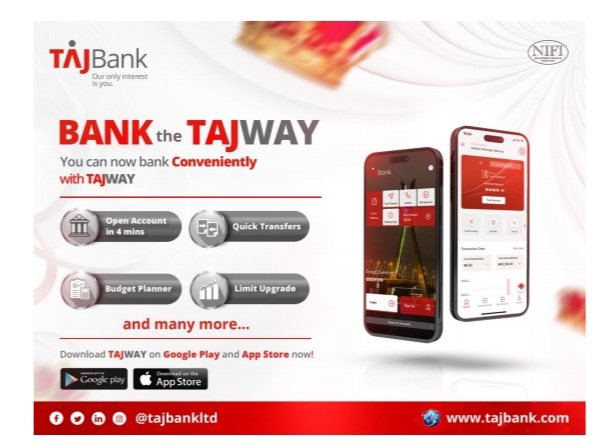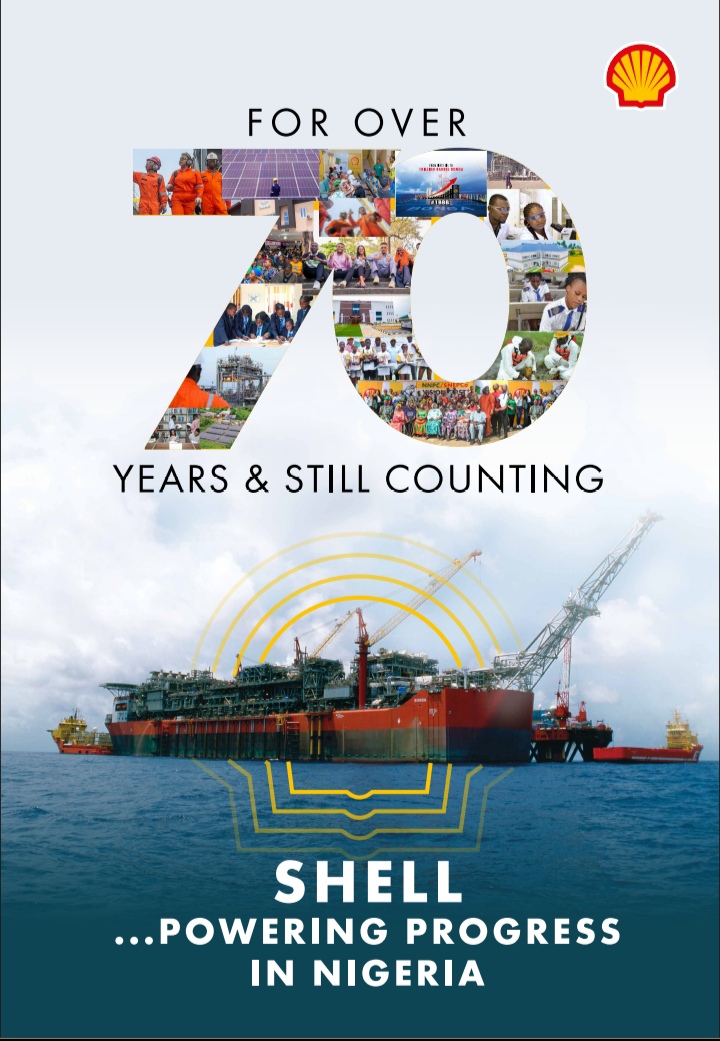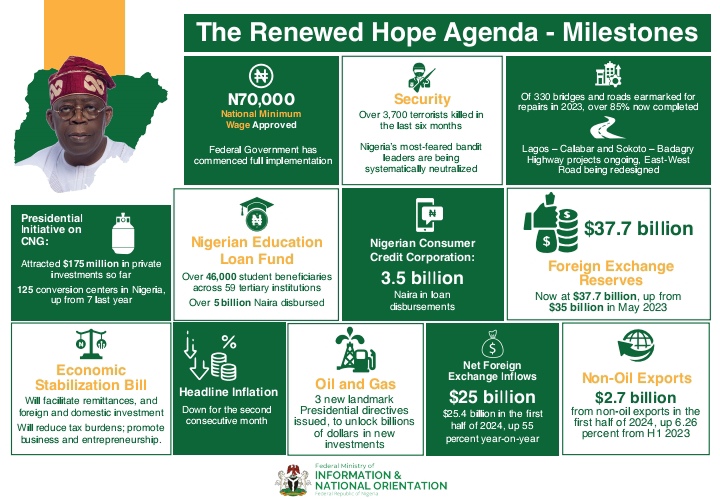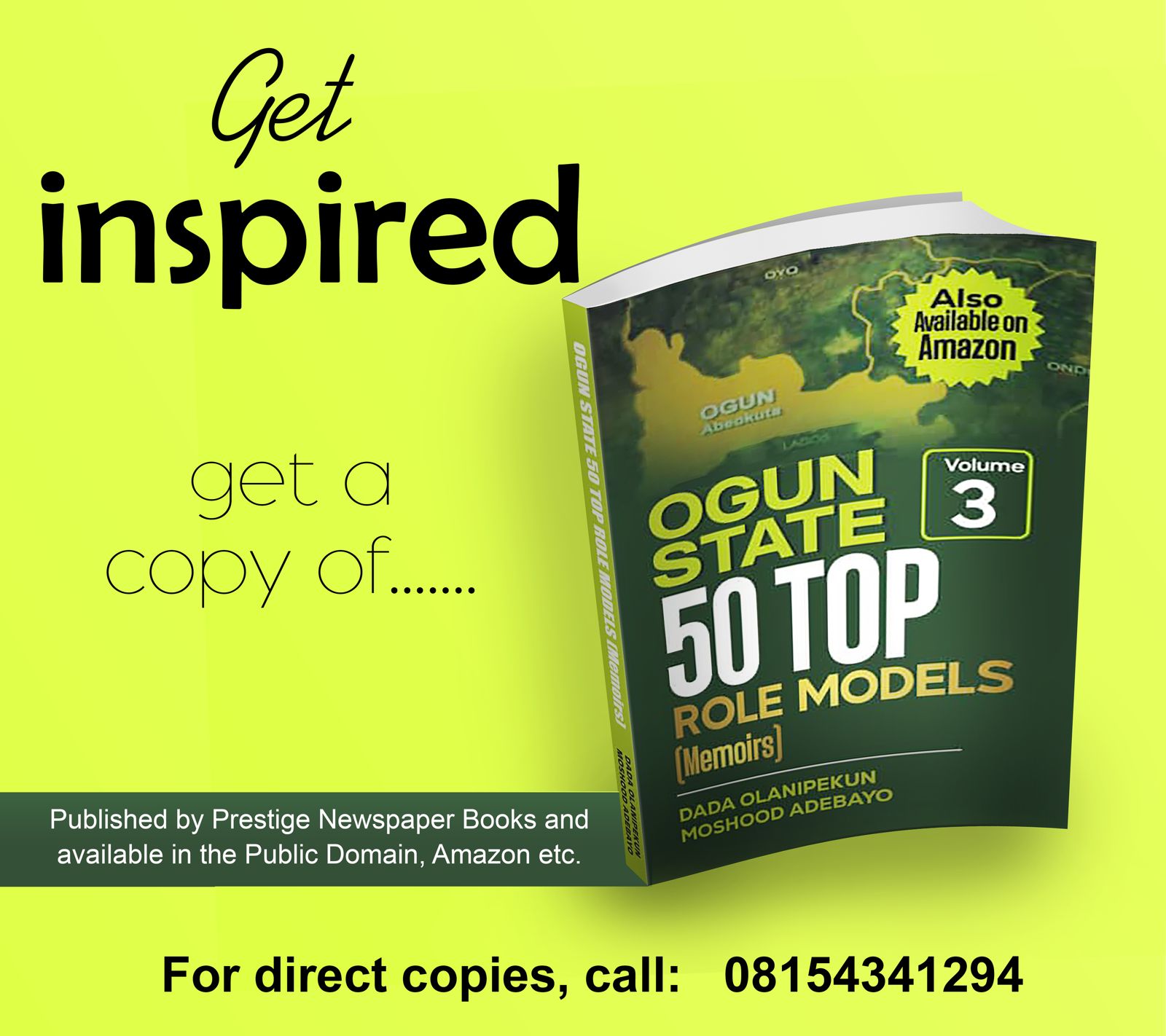When you hear about innovation, the first thing that comes to mind is total change of outlook or even transformation. The process of translating an idea or invention into a good or service that creates value or for which customers will pay, innovation is not always high end and total. To be called an innovation, an idea must be replicable at an economical cost and must satisfy a specific need. Innovation is the process of making a product new or better. It is can also be the process of doing some service or action in a new way. In business, innovation also has to include the concept of improvement. To innovate in business is not just to do something differently, but to do or make something better. Perhaps you have a car in mind and the car company totally overhauls the shape of the car and some of the major features and devices it has. That is high end innovation. Sometimes innovation could be subtle and therefore slight and not too apparent. Award winning movie director Lola Fani Kayode shot 13 episodes of television drama, Mind bending in one indoor location. Her strategy was to change things around with each episode of the programme such that viewers had no way of knowing they were watching the same location over again. Innovation does not always have to be that costly change you envisage about your product or service.
Every new product is usually an improvement of an existing one. Every entrepreneurial minded person is confronted with numerous ideas, quite very often. Some of these ideas are very significant, while some of them are quite foolish looking and on the surface level do not look like they will pass the test of time. But the real thing about ideas is that you never know how they will work out no matter how foolish they appear to be. There could be something in them, and unless they are tested, how will you know they won’t work? A woman is traveling with her baby and decides she wants to take a pram along. Because the airline is unwilling to take the pram in its standing state, she moves to detach it into bits and straps it to her luggage. At the departure hall, she has other mothers gasping and oohing over her “new” collapsible pram and asking her where she got it from. A man who has worked for several years at a company gets tired of earning a salary and decides he wants to sell peanuts for a living! The only thing is, he has decided to flavour his peanuts with honey and make them a little different from the run of the mill. A fashion designer takes one look at padded clothing sold at a market in Europe and decides that she would change the shape of women who long to look good in their clothes by padding up special places like the shoulders, bosom, and backside. Instantly her requests for such clothes grow. A millionaire is stranded at an airport after a commercial flight cancels bookings to a remote place in the Americas, he discovers from passenger chatter that he is not the only one that is stranded. After listening to the chatter for about thirty minutes he gets piece of cardboard, writes a destination sign and asks people to queue up if they are interested in flying. Eventually he charters a plane and gets his passengers on board, a month later he is starting an airline. What prompts an idea? Mostly it is a problem that needs to be solved! Where do ideas come from? All around us, basically! The numerous problems around us should be seen by true entrepreneurs, as an opportunity to do business. Solving these problems in a way we can be paid to do so, is what should be the business element.
Every business idea product or service should have something new about it.
Every business idea product or service should have something new about it. Often we are tempted to quote the scripture: is anything new under the sun? Truly there is nothing that is completely or totally new. But it is important for budding entrepreneurs or people who are going into a business that is already in existence to be able to innovate or modernise aspects of it, making it more attractive to the person who would like to buy or patronise.
We have to be able to answer the important question: Can it make money? Sometimes as human beings we are carried away by our passions and forget that our emotions should not be in the way when we are making business decisions. Solving a problem is one thing, but making money out of it is also important if what we are engaging in is business. We also have to try to find out who would want to patronise the business. It is important that even before we set it up, we look for a need. We ought to be able to determine who would be willing to pay us for the product we are producing and why?
Once we have answered all these questions and we can truly give answers based on the research we have done, then, the next thing is to find a way to roll out the business without hesitation. Ideas are two a penny everywhere. Everyone has ideas, but not everyone has the fortitude to carry them out and translate them into businesses.
If we can answer these questions, then one final and important thing has to be done before we actually roll out the business. We have to be able to test the waters. Look closely at the business process as it were, and determine if it will work. Make sure that every part of the business would go hitch free. If you are manufacturing a product, you would have to look at things like supply of raw materials, the stages of production and the quality of the finished product. The shorter the chain of production, the better it is for you. Finally, you have to know for sure that there is a market out there for your product or service: who will patronise it? The answers to all of these will help you to move from idea to business with little or no challenges along the way. Sometimes the business would be tied to a certain period of time. Some businesses would have a life span based on a government policy, events they are tied to or supply of the raw material. These would help us determine the duration of the business. So it could be a life long business in terms of a product that the public would like to purchase forever or a short term product or service.
Instead of complaining about constraints and complexities at our work or within organisations, it’s better to find a way to succeed within them.
Instead of complaining about constraints and complexities at our work or within organisations, it’s better to find a way to succeed within them. If enough effort and imagination are applied to a problem, its complexities are understood and possibly, opportunities are bound to emerge. The process is for us to rethink, reimagine and recast the basic dynamics of a situation and then in ways we never imagined, solutions will emerge from our creativity and that of the people around us. The major challenges to innovation are found in four key areas: technological, financial, organisational and political spheres. Innovation would make us tackle these constraints within the situations we find them, without necessarily trying an out right change. In order for us to employ innovation in anything we intend to do, we have to consider the following things:
- Let learning lead: Learning is the driver of innovation. Sometimes a company, country or person who wishes to innovate would have to go through a process of learning and sometimes unlearning of old ways. Learning and innovation go hand in hand.
- Learn to see: The customers and members of the public we deal with on a daily basis can teach us profitable lessons for innovation. Their discussions, criticisms and desires could be a pathway to our success if we learn to see things from their point of view.
- Design for today: We need to focus on today’s needs. Great ideas will always remain great ideas and nothing else if they have no bearing on the needs of the day.
- Think in pictures: Stimulating the minds of individuals is a grand approach to innovation as things that can be captured in a picture could attract the support of people that see it.
- Capture the intangible: Quite a number of solutions to major challenges in your environment could be found in the stakeholders minds. Try to address the emotional requirements of the people you relate with.
- Leverage the limits: Resource limitation can lead to creativity. Whatever resource we have should be utilized to its fullest.
- Mastering the tension: In order to have a break through, you have to have a challenging situation. Turning tension and trials into achievement is the way to go!
- Check the numbers: Analyze your costs and keep analyzing till you are able to learn how it can be done more proficiently. When we look at costs closely there is always some waste or oversight that can be eliminated.
- Strive towards perfection: We have to consistently try to improve upon what we are doing. We ought to get better as we proceed at whatever we are doing.
10 Keep it lean: Complexity kills! Keep whatever you intend to do lean and simple. That way you will find it easy to repeat what you are supposed to.
The piece was inspired by Sanjay Dalal who has written a lot about innovation.
* Ogundadegbe is a renowned management consultant. He trains managers and executives in the arts of Customer Service, Human Resources Management and Management strategy ([email protected]).













